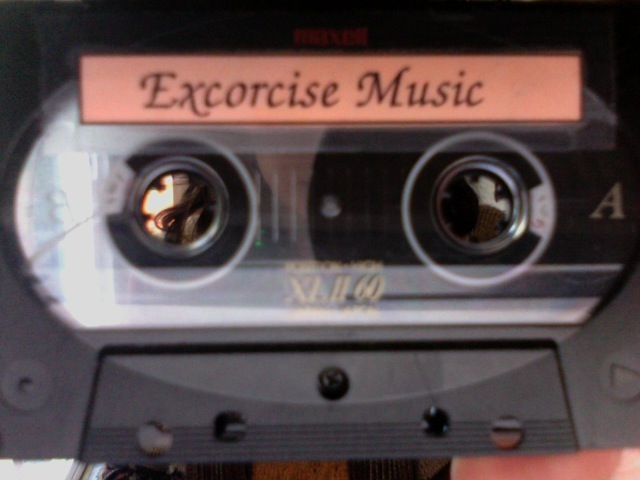daydreaming.illusion.tricks.
History
The art of escaping from restraints and confined spaces has been a skill employed by magicians for a very long time. It was not originally displayed as an overt act in itself but was instead used secretly to create other illusion effects such as disappearance or transmutation.[1] In the 1860s, the Davenport Brothers, who were skilled at releasing themselves from rope ties, used the art to convey the impression they were restrained while they created spirit phenomena.[2]
Other illusionists, including John Nevil Maskelyne, worked out how the Davenports did their act and re-created the tricks to debunk the brothers' claims of psychic power. However the re-creations did not involve overt escape, merely a replication of tricks with the statement that they were accomplished by secret magicians' skills rather than spirits. It took another thirty years before the pure skill of escape began to be displayed as an act in itself. The figure most responsible for making escapology a recognised entertainment was Harry Houdini, who built his career on demonstrating the ability to escape from a huge variety of restraints and difficult situations.[3]
Houdini made no secret of the fact that he was an expert on restraints and the skills needed to overcome them but he often concealed the exact details of his escapes to maintain an air of mystery and suspense. Although many of his escapes relied on technical skills such as lock-picking and contortion, he also performed tricks such as Metamorphosis and the Chinese Water Torture Cell, which are essentially classic stage illusions reliant on cleverly designed props. Houdini's feats helped to define the basic repertoire of escapology, including escapes from handcuffs, padlocks, straitjackets, and prison cells.
The actual term 'escapology' is reputed to have been coined originally by Australian escapologist and illusionist Murray (Norman Murray Walters), a Houdini contemporary.
A succession of performers have added new ideas and created variations on old stunts, but it is common for even the best contemporary escapologists to be dubbed modern day "houdinis".
Because of St. Nicholas Owen's exploits of having successfully escaped the Tower of London and arranged the escape of two Jesuit inmates of the prison, this 16th century Christian martyr is considered by Catholic escapologists as their patron saint. Along with St. John Don Bosco, the two are considered the primary patrons of Catholic Gospel Magicians.

No comments:
Post a Comment